Introduction: One of the greatest challenges for homeschoolers is ensuring that their children are able to gain new knowledge and learn relevant course material while studying in the comfortable confines of home. While public and private school teachers fail to offer students much independence in the traditional academic setting, they often use better teaching tools than homeschoolers because they have budgets for buying good-quality equipment and supplies. One issue that homeschooling parents may be especially concerned about is the ability to present material as teachers do on chalkboards and whiteboard walls in standard classrooms. While small whiteboards can be inexpensive, they hinder children’s ability to work on complex lessons and lack adequate space for comprehensive learning activities such as brainstorming for essays and school projects. However, high-quality whiteboard paint offers parents an excellent alternative with which to create large-scale writing and drawing surfaces for instructional use that far exceed the size and scope of traditional whiteboards and chalkboards. Whiteboard paint allows parents of homeschoolers to designate an entire wall or several walls for use in giving lessons and posting assignments, scheduling daily homework, and more. As in a regular classroom, assignments can be left on the board for children to access whenever they need to or when parents are involved in telecommuting or other activities. Homeschooling parents can also use the walls to draw sketches or diagrams and write lessons, and then work interactively with their children at the whiteboard wall just as teachers do on whiteboards or chalkboards in regular classrooms. Thus, when it comes to creating a productive homeschool environment, having a whiteboard painted wall can provide children with a great channel for creativity and interactivity, helping them to feel like they’re in a more traditional school setting. Moreover, having a well-stocked library for academic research and casual exploration will increase homeschoolers’ thirst for knowledge and enhance their ability to explore new ideas and information.
Children taught in homeschool spaces that include learning tools such as whiteboard painted walls, along with a well-designed educational curriculum, typically perform very well. In fact, homeschooled students have a higher college graduation rate than public school students and leave college with an average GPA of 3.46 while the average for their public school peers is 3.16.
The tips below can help you ensure that your homeschooled children use their whiteboard painted wall effectively and that they learn with greater safety, ease, and enjoyment.
Have your children use only low-odor dry erase markers
It’s important to minimize the release of toxic chemicals into the homeschool environment, and eliminate potential allergic reactions and other issues related to the fumes produced by regular markers. So, make sure to have your children use only low-odor dry erase markers to do their schoolwork on your whiteboard painted wall. With low-odor markers, your children can create sharp, consistently readable lines without releasing unpleasant gases into the homeschool space. These markers feature specially formulated ink that’s manufactured with safer chemicals than
those used in standard markers, thus helping to reduce exposure to substances that may be hazardous to your children’s health and the natural environment.
Brainstorming with the whiteboard painted wall
Have the children freely generate their original ideas for science projects, essays, and other assignments on their whiteboard wall, allowing them to quickly write or draw, erase, and rewrite or redraw what they think of, and giving them a vast surface on which to unleash their creativity and increase their learning capacity through the brainstorming process.
Brainstorming for writing assignments
Writing is one subject area where brainstorming with a whiteboard wall is especially helpful. Homeschooling parents need to actively teach writing in order for most children to learn and improve. In the traditional classroom, the teacher stands in front of a chalkboard or whiteboard, demonstrates writing techniques, and explains the basic concepts related to the writing process such as sentence structure, paragraph formation, the use of transitional words and phrases, and the like. Similarly, as a homeschooler with a whiteboard wall in your homeschool space, you can stand in front of the wall and demonstrate to your children how to write clearly and precisely at each stage of the composition process, starting with brainstorming for ideas.
Modeling brainstorming methods
As with teaching children to make their own bed or clean their own room, the first step in teaching writing is to teach them how, and then do the process collaboratively to reinforce what was just taught. When using this approach to teaching composition, it’s important to first impart effective brainstorming methods. If you were to simply hand a child a blank sheet of paper and skip modeling brainstorming techniques on a large writable surface, as school teachers do on a chalkboard or whiteboard, you would miss a great chance to convey how to think before writing.
At first, make sure you work together with your children, especially if they think that brainstorming is not important. Eventually, you can let off the gas a bit as they show their ability to stick to your guidelines and brainstorm effectively. Many brainstorming techniques have been devised by teachers over the years, and when you’re uncertain about how to start the process with your child, it’s best to try a variety of different approaches during your writing sessions, such as the following.
Brainstorming with idealists
Making lists of ideas is an effective brainstorming technique to use with hesitant homeschool writers, and is especially appropriate when children are writing brief reports on familiar topics or narratives about life experiences. You can start off by writing the main topic near the top of your whiteboard wall and then ask your child to come up with as many ideas as possible that relate to that topic. It’s best to list all of the ideas, even those that don’t really seem relevant because it will help the child learn how to eliminate irrelevant ideas and choose only those that pertain clearly to a given writing topic.
Making Themed Murals
Another valuable benefit of having a huge canvas like a whiteboard wall in your homeschool space is letting your kids create large murals on various themes such as Christmas or Presidents’ Day, their birthdays, the first day of homeschool classes, or a memorable family vacation. The murals can also relate to specific aspects of what they’re studying in their homeschool lessons, such as significant historical events, major scientific discoveries, well-known works of art, geographical areas, famous composers, and the like.
A whiteboard painted wall is a perfect medium for all types of murals. Although any theme or subject can be chosen for creating a whiteboard wall mural in your homeschool space, it’s helpful to consider the following before letting the children begin working:
1. The amount of space available for drawing and writing – Make sure there is plenty of room on your whiteboard wall for the children to freely draw and write to their hearts’ content when making the mural.
2. Dark dry erase marker colors – Have your children use new markers with darker colored inks, such as black, blue, green, and purple, so that the images, patterns, diagrams, and words they create can be easily viewed by others and they will have enough ink to complete the mural.
3. Theme with instructional benefit – Considering that your child or children will be making the mural in the homeschool setting, the mural’s theme should have some educational message, such as the importance of environmental conservation, the value of helping others in need, etc.
Creating Children’s Personal Areas
The whiteboard wall in the homeschool setting can become your children’s personal environment rather than your environment. In this way, you can empower your children and give each one their own individual voice by allowing them to have a place where they can create and express themselves without restrictions. Designating an area that’s specifically meant for your children’s use alone allows them to gain a sense of personal entitlement whereby they feel safe just being themselves and freely communicating their thoughts and feelings.

























































































![ReMARKable’s Winter Sale is Here! [25% Off + Free Shipping]](https://www.remarkablecoating.com/wp-content/uploads/2018/01/Red-Tag-Winter-Fashion-Facebook-Post-1-440x264.png)















![Drive Your Organization Into Openness and Watch it Expand [20% Off Whiteboard Paint]](https://www.remarkablecoating.com/wp-content/uploads/2016/04/Drive-Your-Organization-Into-Openness-and-Watch-It-Expand.-1-440x264.jpg)

![30% Off St Patrick’s Day Sale! [Details Inside]](https://www.remarkablecoating.com/wp-content/uploads/2016/03/Glorious-1-440x264.png)


![Giant Leaps Forward Require Big Spaces. [Leap Year Sale Event!]](https://www.remarkablecoating.com/wp-content/uploads/2016/02/Giant-Leaps-ForwardRequire-Big-Spaces-440x264.jpg)

















![ReMARKable Summer Sale 2018 [28% Off Whiteboard Paint]](https://www.remarkablecoating.com/wp-content/uploads/2018/06/Blue-Simple-Line-Beach-Facebook-Post-1-440x264.png)







































































































































































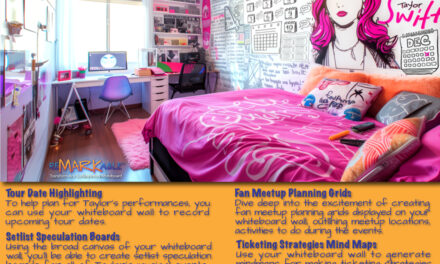


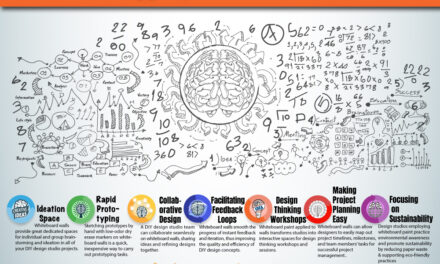
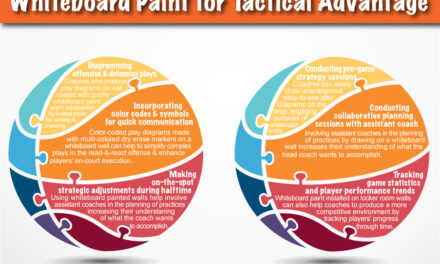
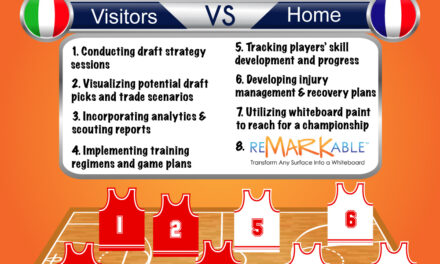



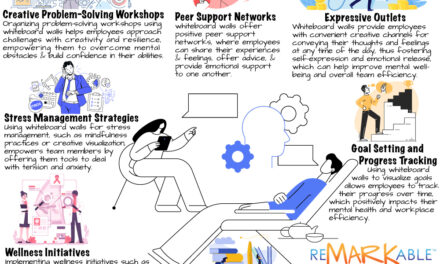

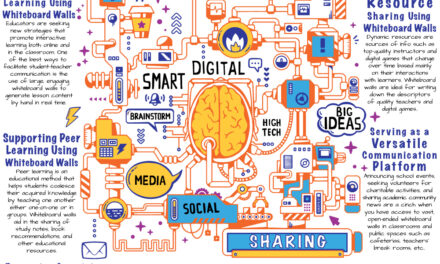
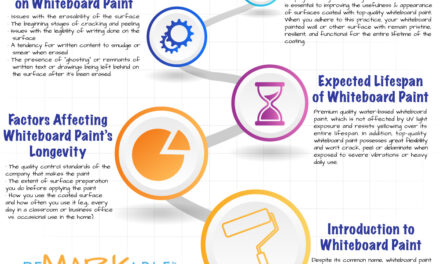
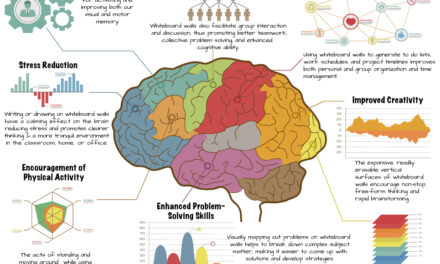
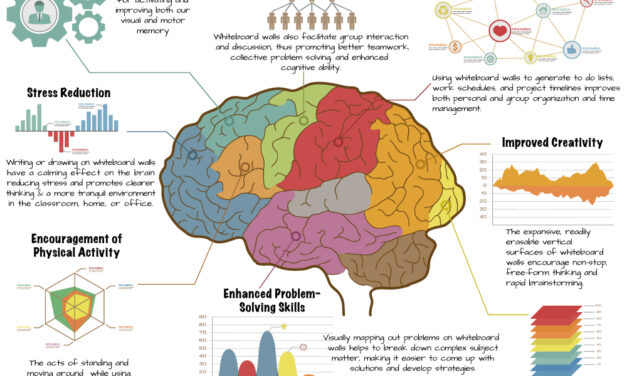














0 Comments